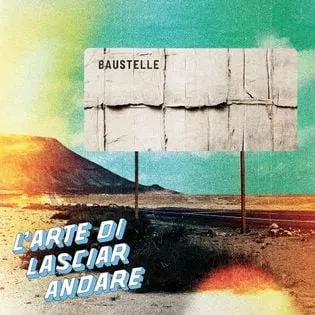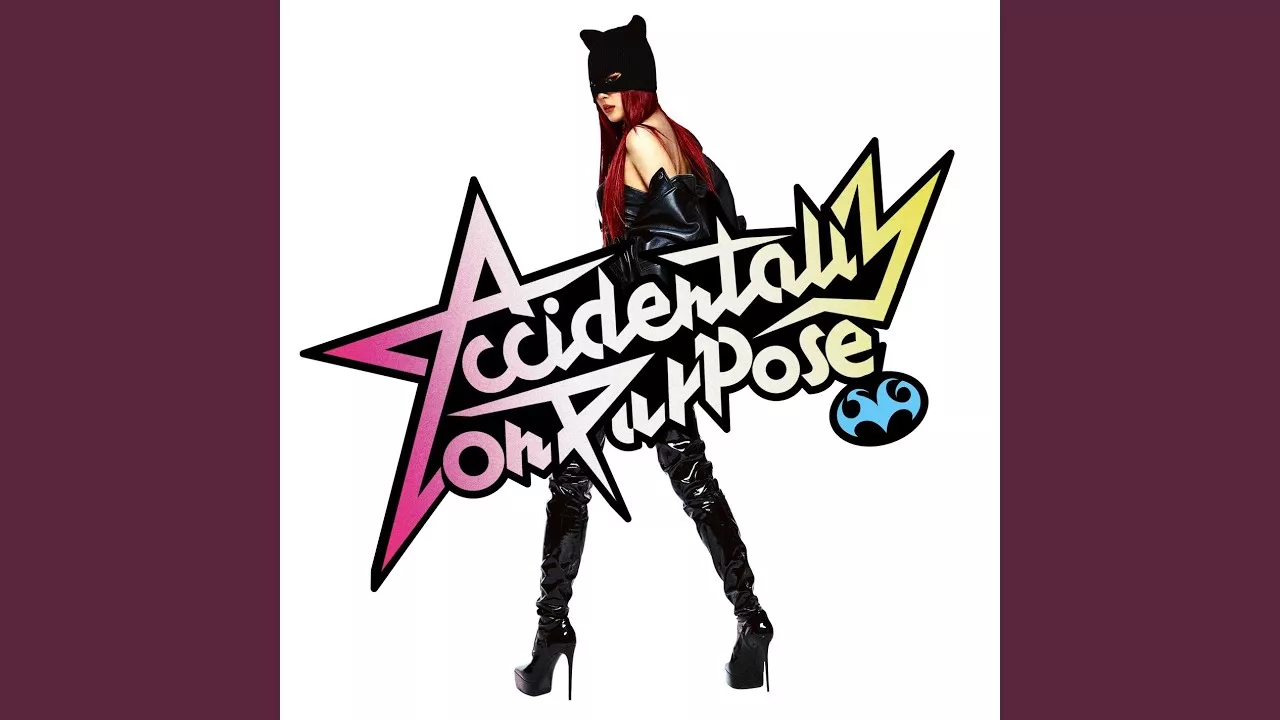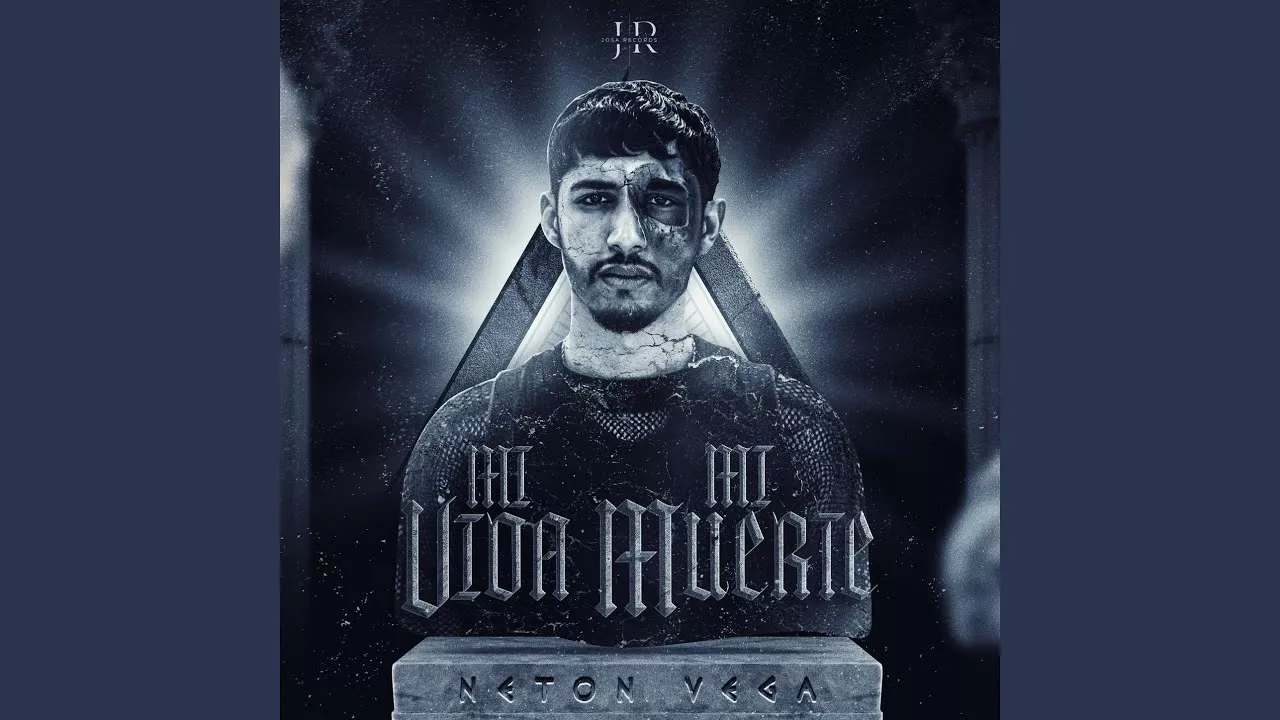Baustelle – The Art of Letting Go Lyrics
[Testo di “L’arte di lasciare andare”]
[Strofa 1: Francesco Bianconi]
Noi siamo Dio che massacra il mondo
La banda che con ferocia fotte il West
Purosangue selvaggi allo sbando
Amore mio, se lo sai, dimmi tu qual è
Stanotte in radio la nostra canzone
Cosa ci infetta le arterie e ci soffoca
Invece di farci andare a dormire?
Cosa ci tiene in ostaggio il respiro?
[Pre-Ritornello: Francesco Bianconi]
Non è l’adrenalina, no
È un demone e non serve a niente
[Ritornello 1: Francesco Bianconi & Rachele Bastreghi]
L’arte di lasciar andare è meglio di scopare
Forse il vero amore è questo volontario naufragare nella realtà
Sе sapessimo soltanto dare per abbandonarе
Senza più cercare di voler capire
Questa vita che senso ha?
[Strofa 2: Francesco Bianconi]
Ti chiedo scusa se sbaglio strada
Se cambio ancora quartiere e identità
Se ho questo strano bisogno di uscire
Scrollare, urlare e non starti a sentire
Non è la cocaina, no
È il peccato originale
È non sapersi arrendere[Ritornello 2: Francesco Bianconi & Rachele Bastreghi]
L’arte di lasciar andare è meglio di scopare
Forse il vero amore è questo volontario naufragare nella realtà
Se sapessimo soltanto dare per abbandonare
Senza più cercare di voler capire questa vita infame
[Bridge: Francesco Bianconi & Rachele Bastreghi, Francesco Bianconi]
Questi due ragazzi disperati al mare
Bombe a mano nere per non crollare
Sono qui a ballare
Dice Laura che così si fa
Oh, yeah, yeah, yeah, yeah
Sì, così si fa, ah
[Outro: Francesco Bianconi & Rachele Bastreghi]
Se sapessero come volare senza decollare
E come passeggere rondini
Accettare di dover migrare o di morire qua
L’arte di lasciare andare by Baustelle
“L’arte di lasciare andare” is a poignant track by the Italian band Baustelle, featured on their album “El Galactico,” released in 2005. The song delves into the complexities of human emotions and the existential struggle of letting go.
Quick summary
The song explores themes of detachment, acceptance, and the emotional turmoil associated with the act of letting go, suggesting that true liberation comes from surrendering to reality rather than clinging to understanding.
In-depth lyrics analysis
The opening lines of “L’arte di lasciare andare” set a stark tone, presenting a chaotic view of humanity. The lyrics question the sources of our restlessness, hinting at the internal conflicts that keep us awake at night. This chaos serves as a backdrop for the exploration of deeper themes, such as the struggle to accept change and the paradox of release. As the song progresses, it emphasizes that true love and fulfillment are found not in physical pleasures but in the act of surrendering to the flow of life.
The imagery throughout the song is vivid and intimate, painting a picture of emotional turmoil and the weight of existence. The metaphor of migration suggests a journey, both physical and emotional, where individuals are faced with choices between acceptance and despair. This reflects a broader commentary on the human condition, where the desire to escape often clashes with the reality of our emotions.
The chorus encapsulates the essence of the song, advocating for a voluntary drifting within reality. It suggests that letting go is not merely an act of relinquishing control but a profound acceptance of life’s inevitable changes. The haunting melodies and introspective vocals enhance the melancholic mood, creating a cathartic experience for the listener.
As the song unfolds, it becomes a meditation on the beauty of surrendering to life’s currents. The emotional weight of the lyrics resonates deeply, inviting listeners to reflect on their own struggles with letting go. The juxtaposition of rebellion and acceptance creates a rich tapestry of meaning, highlighting the complexities of human experience. Ultimately, “L’arte di lasciare andare” serves as a reminder that embracing change and learning to let go can lead to a more fulfilling existence.
Cultural and historical context
Released in 2005, “L’arte di lasciare andare” emerged during a time of significant social and political upheaval in Italy and around the world. The early 2000s were marked by a growing sense of disillusionment among youth, as they grappled with issues of identity, belonging, and the pressures of modern life. Baustelle, known for their introspective lyrics and unique sound, captured this zeitgeist through their music, resonating with listeners who felt the weight of existential questions. The themes of chaos and the struggle to let go reflect a broader cultural narrative of seeking meaning in an increasingly complex world.
Frequently asked questions
The main theme revolves around the struggle of letting go and accepting change, suggesting that true liberation comes from surrendering to reality.
The song captures the internal turmoil and emotional weight individuals experience in a chaotic world, emphasizing the difficulty of accepting change.
The lyrics use vivid imagery, including metaphors of migration and desperate youth, to highlight the choices between acceptance and despair.
The overall mood is melancholic yet cathartic, with a haunting atmosphere created by the interplay of vocals and introspective melodies.
The song reflects the disillusionment and existential struggles faced by youth in the early 2000s, resonating with listeners seeking meaning in a complex world.







